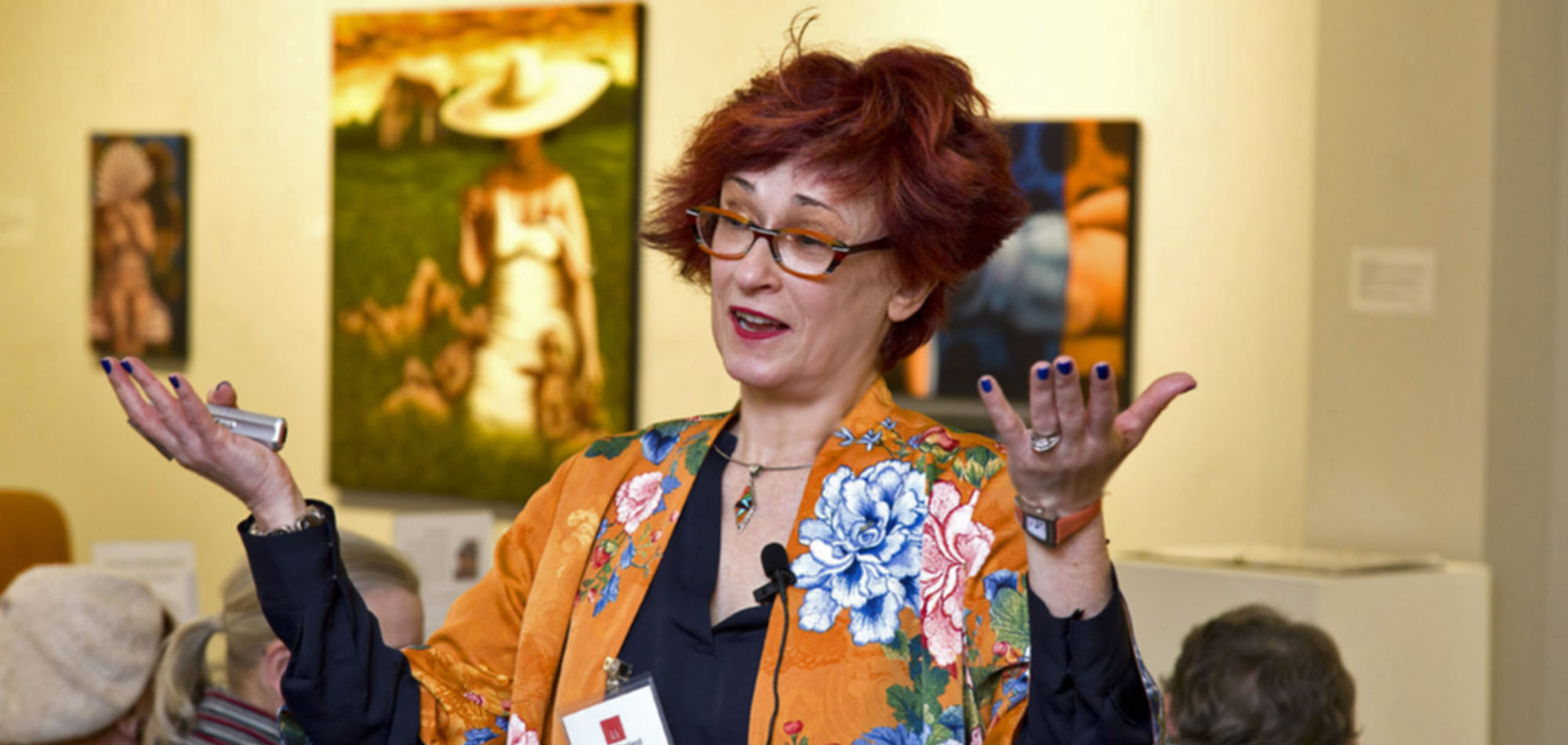We are pleased to invite you to our virtual and in-person lectures that focus on several major themes:
-
Travel the Jewish World
-
Memories of the Holocaust
-
Meet New People and Cultures
-
Wildlife, Nature, and the Environment
We present in person and via virtual platforms like Zoom. Most events are free and open to the public. You will find lecture dates and locations in the Lecture Schedule.
Educators and program coordinators: To book one of our lectures for your organization or group, please send us an email: Contact us.
We present our lectures for such organizations and interest groups as
- Museum of Jewish Heritage, NYC
- Maltz Museum of Jewish Heritage
- Italian Jewish Center of Calabria
- Anti-Defamation League, NYC
- Society for Crypto-Judaic Studies
- The Cleveland Museum of Natural History
- The Hidden Child Foundation
- Fairmount Temple
- Park Synagogue
- Synagogue Ner Tamid Del Sud
- The Jewish Federation of Tulsa, Oklahoma
- Mandel JCC
- CWRU-Siegal Lifelong Learning
- Benjamin Rose Institute
- Touro Law School
- The Cleveland Play House
- NASA
- Libraries in Cleveland, Michigan, New York, and New Jersey
- Literary Coffee Phix Café
- The Cleveland Cinematheque
- The Artists Archives of the Western Reserve
- Opus Art Gallery
To book one of our lectures for your organization or group, please send us an email: Contact us.
Most events are free and open to the public. Please check our Lecture Schedule.
Special interest lecture series:
Travel the Jewish World
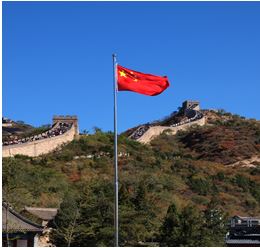
In Search of a Jewish Story in China
Seeking a Jewish story in China, Irene Shaland leads us on a unique journey spanning over 2,000 years through the Silk Road and six cities, including Harbin, Kaifeng, Luoyang, and Shanghai. What are the Jewish secrets of the Gobi Desert and the Silk Road? Where the oldest Jewish prayer was found? What do the most anti-Semitic of Russian Tsars, a railroad, a Chinese fishing village, and Russian-Yiddish culture have in common? Take a journey to China and find out the answers to many perplexing questions.
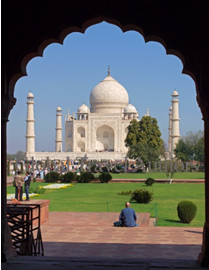
In Search of a Happy Jewish Story in India
Join internationally published art and travel writer Irene Shaland, as she invites you to “grow into India.” Discover the most refined beauty and the deepest spirituality of this country. Learn about India’s history, arts, architecture and religions. Hear fascinating stories about the synagogue near the tomb of a Persian emperor, Jewish atheist’s shrine in a mosque, India’s role in the Holocaust, and Muslim youths defending the synagogue of Mumbai. Irene will share little known stories of the oldest continuously living Jewish community in the world, its myths of origin, and sense of identity. read more
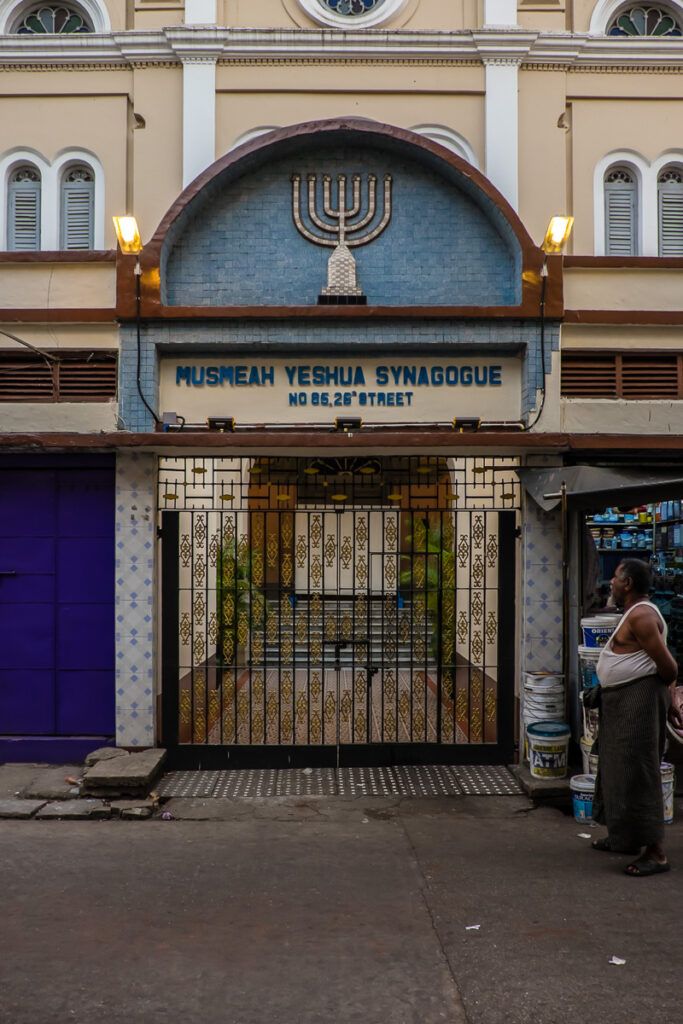
Jews in Myanmar and Cambodia
Travel with Irene Shaland to the ancient land of rice fields and countless golden Buddhas and pagodas to discover the little-known narrative of the once thriving Jewish community of Burma (Myanmar) that was all but decimated during World War II. Understand why this small group of immigrants throughout their history in Asia became so successful commercially and powerful politically only to disappear to almost oblivion after the 1940s and 1960s. In Cambodia, we will visit a small synagogue across the Royal Palace in Phnom Penh and discover what the Rabbi’s usual day looks like in the country of Angkor Wat.

Jewish Mosaic of Singapore
Travel to one of the unique destinations in Asia for Jewish history aficionados: a small city-state of Singapore. Discover the little-known Jewish story of Singapore composed of the amazing mosaic of cultures – Baghdadi, Ashkenazi, Sephardic, Armenian, and Persian. Bustling, cosmopolitan, trendy, modern, clean, and orderly, Singapore plays an important part on the world financial and political stage that seems disproportionate to its size. A country of immigrants, Singapore is called a nation of cultures. Ethnically and religiously diverse, this city-state is also a microcosm of tolerance and inclusiveness. Chinese, Malays, Indians, and Europeans live peaceful prosperous lives. They could be Buddhists, Hindus, Christians, Muslims, Jewish, or atheists, all finding their rightful place in this amazing nation. Watch a short virtual tour of Singapore.

Face-to-Face with Africa through the Eyes of a Jewish Explorer
As a writer focused on Jewish communities around the world, Irene presents her personal Jewish stories she discovered in Africa. This mysterious continent remains one of the most enchanting and fascinating destinations for both Irene and Alex. From the Nairobi Synagogue and its energetic community, to Masai Tribe village with their Old Testament-like legends, from the Great Rift Valley, where life on earth began, to the Great Migration in Kenya and Tanzania, Africa presents itself as a never-ending journey of mystery and discovery.
Through photographs and stories, Alex and Irene will share their amazing experience from Africa by taking the audience on a unique journey through Masai Mara. Amboseli, Ngorongoro Crater, and Serengeti Parks.
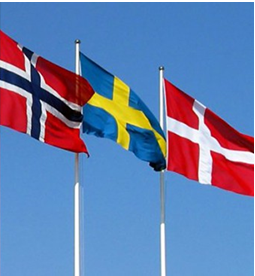
Scandinavia through the Eyes of a Jewish Traveler
Join internationally published art and travel writer Irene Shaland as she takes us through Norway, Sweden, and Denmark, known for their stunning natural beauty, magnificent royal capitals, and stark modern architecture. Discover the Jewish history of these countries, the role each one played during the Holocaust, understand what it means to live as a Jew in Scandinavia today.
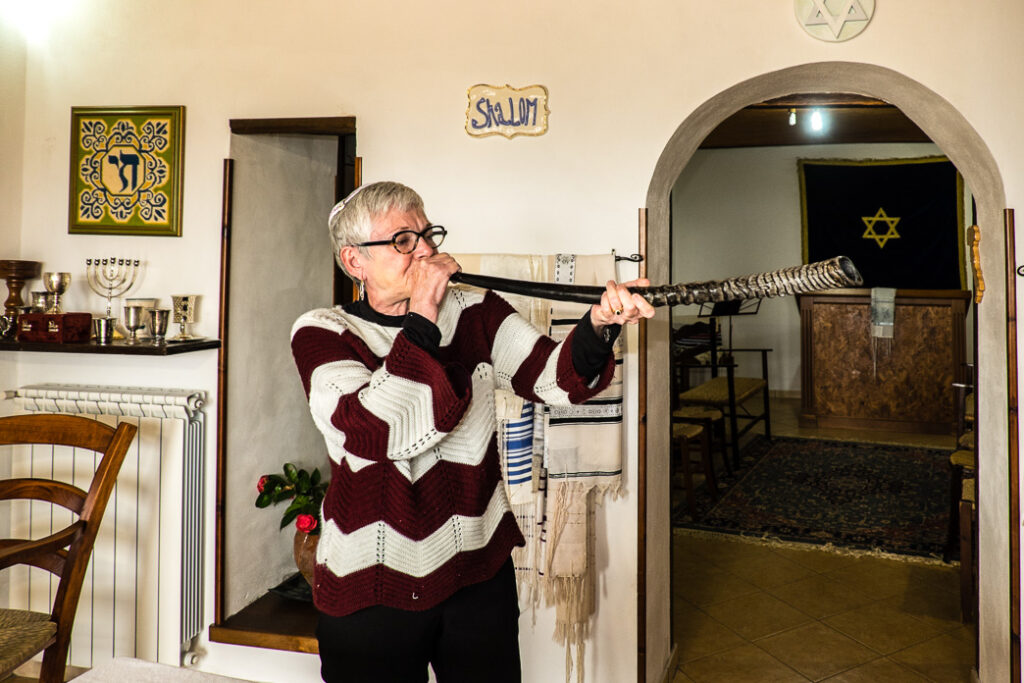
The Return of the Jews: Jewish Renaissance in the Mediterranean
Travel to the south of Italy that presents an unusually optimistic chapter in the history of the Jewish Diaspora. Visiting with Irene the islands of Sicily and Sardinia and the tip of the Italian “boot,” Calabria, you will discover a world of little-known Jewish history: centuries marked by fear and secrets, decades filled with the search for one’s identity, and courage to defy conventions by reinventing oneself.
These are the stories of B’nei Anousim, or “children of the forced ones” from the south of Italy. The elimination of institutional Judaism by the infamous 1492 Edict of Expulsion and the Inquisition did not mean the end of Judaism itself. The destruction of synagogues and the burning of “Judaizers” five centuries ago forced the Jews of Sicily and Sardinia to take their traditions down to the cellars of their homes where the memories and stories were kept alive, even when descendants forgot their exact meaning.
And now, the number of those with a “call of blood,” who think they have Jewish ancestry and want to learn more about it, or even embrace their newly-discovered heritage, is on the rise throughout the south of Italy. Let the story of the Anousim lead you into the world of hope – the cultural and spiritual reawakening – The Return of The Jews.
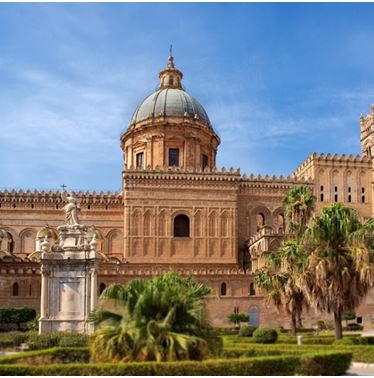
The Return of the Jews: Jewish Renaissance in Sicily and Sardinia
Irene Shaland invites you to travel to the islands of Sicily and Sardinia that present an unusually optimistic chapter in the history of Jewish Diaspora. You will discover a world of little-known Jewish narrative: centuries marked by fear and secrets, decades filled with the search for one’s identity, and courage to defy conventions by reinventing oneself. These are the stories of B’nei Anousim, or “children of the forced ones” from the South of Italy. The elimination of institutional Judaism by the infamous 1492 Edict of Expulsion and the Inquisition did not mean the end of Judaism itself. The destruction of synagogues and the burning of “Judaizes” five centuries ago forced the Jews of Sicily and Sardinia to take their traditions into the cellars of their homes where the memories and stories were kept alive, even when descendants forgot their exact meaning. And now, the number of those with a “call of blood,” who think they have Jewish ancestry and want to learn more about it, or even embrace their newly-discovered heritage, is on the rise throughout these islands. Let the story of the Anousim lead you into the world of hope – the cultural and spiritual reawakening.

Unknown Gems of Jewish Mediterranean History: Corsica and Malta
The Malta archipelago still remains unknown to most US travelers. Don’t be fooled by Malta’s size: this tiny nation packs an extraordinary amount of history, including Jewish history, into its 3 islands: Malta, Gozo, and Comino. From Israelites sailing there with Phoenicians three thousand years ago, to the first Jewish traveler, a Biblical Paul in the 1st century CE, thorough the dark times of slavery during the Knights of St. John’s rule in the 16th century, to today’s small community.
Like Malta, Corsica is not on the vacation map for many American globe-trotters. Yet Corsica’s chic seaside resorts and its untamed natural magnificence are arguably the Mediterranean’s best. The island’s Jewish narrative reveals an irony of Omerta (mafia’s code of silence) that led many Corsicans to risk their lives in saving thousands of Jews fleeing the Nazi-occupied mainland France to escape deportation and death.
In her lectures and her upcoming book, “Shaland’s Jewish Travel Guide to Malta and Corsica,” Irene Shaland tells a captivating Jewish story of Malta and Corsica.
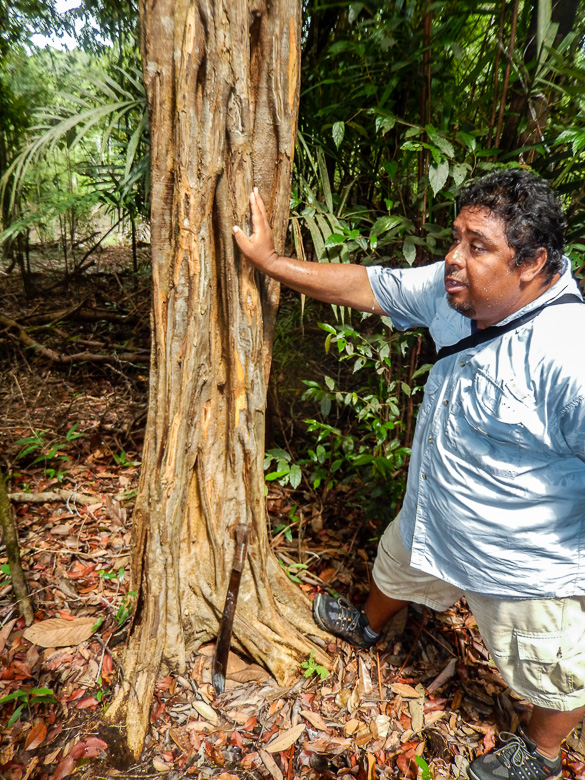
Jews of the Jungles (and Cities) in Brazil
In this lecture, Irene Shaland, will take you on a captivating journey through 500 years of Jewish history in Brazil. Encounter little-known stories of Brazil discovery in the context a twisted world of the 15th century politics, deceptions, and intrigues. Learn about the key role the Crypto-Jews played in this country’s exploration and development.
Find out why Anna Novinsky, a renowned expert in Jewish history residing in Sao Paolo, claimed that “Brazil was built by the Jews!” Journey from the 15th to the 21st century of Brazilian history and visit Salvador Bahia, Manaus, the Amazon, Brasilia, Rio de Janeiro, and the Iguassu Falls to uncover fascinating Jewish narratives of this unique country and to meet the Brazilian Jews who dwell in its cities and in the jungle.
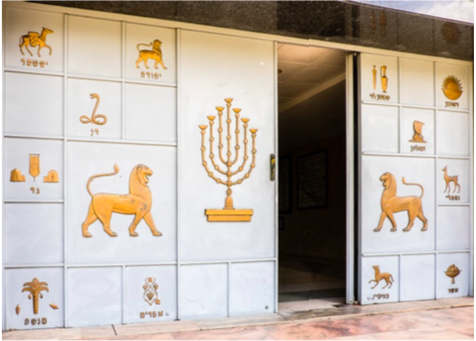
Jewish Story through 500 Years of Cuban History
The Cuban Jewish story reflects a struggle for survival through assimilation and acculturation. It is also based on a narrative depicting not a single community but rather a mosaic of several communities that varied greatly in their languages and cultures, and which was built by five distinctly different waves of Crypto-Jewish and Jewish immigrants.
The contemporary Cuban Jewish narrative depicts a fascinating trajectory. First, a descent from vibrancy and prosperity to almost oblivion after the mass exodus of the 1960s and direct efforts to destroy the Jewishness during the years of revolutionary atheism. Then, a recent phenomenon: a sudden ascent to becoming a Celebrity of Tropical Diaspora, turning into, arguably, the most visited and photographed of the world’s Jewish communities.
The extraordinary characteristic of the Jewish experience in Cuba one finds today is the fundamental sense of community that survived an almost complete dissolution after Castro’s revolution, followed by decades of a totalitarian regime with its poverty, deprivation, and strong anti-Israeli attitudes.
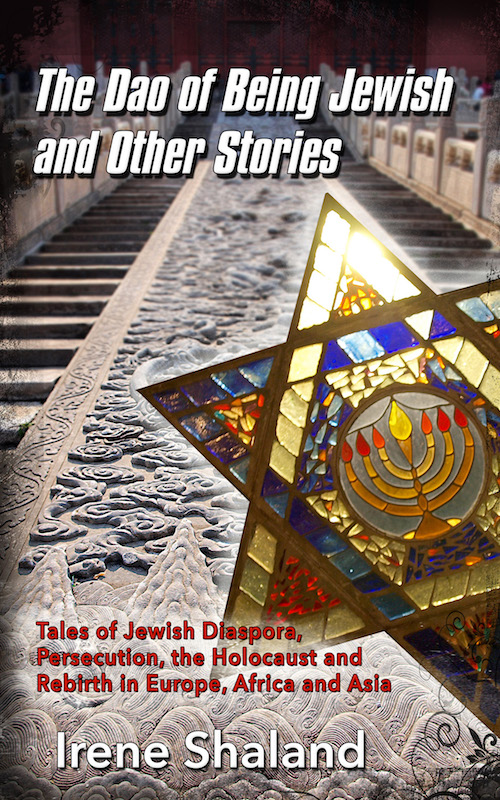
Irene Shaland and her Book “The Dao of Being Jewish and Other Stories“
Irene Shaland introduces her latest book The Dao of Being Jewish. She shares her “Stories Behind the Stories” inviting you to embark on a fascinating journey, both familiar and unknown. While traveling from Europe to Asia and Africa, from Vienna to Delhi and Nairobi, you are immersed into a collective Jewish narrative from all parts of the globe. Whether you hear Irene’s Polish family Holocaust narrative or discover two-millennium old tales of little-known Jewish communities of India and China, who never knew religious persecution – these stories are us, our way of preserving our heritage, identity, memory, and history. Because we are the stories we tell to ourselves, to others, and to the world.

Travels in Jewish History
If you are interested in Jewish history, join Irene Shaland, an internationally-published art and travel writer, educator, and lecturer, for a fascinating talk about her travels through Jewish history in Burma, India, China, Cuba, and Cambodia. Seeking Jewish narrative all over the world, Irene with her husband-photographer Alex, has visited close to 70 countries and shared her experiences with audiences and readers in US, Canada, and Europe.

Rediscovering Portuguese Secrets: Little-Known Jewish History that Changed the World
Travel with the author and historian Irene Shaland to Portugal and discover the most fascinating Jewish history, which is largely unknown. The Jews are believed to have been present in the Iberian Peninsula since Biblical times. The Sephardic or Spanish-Portuguese Jewish heritage in Portugal has greatly influenced the country’s development throughout the ages: from the Roman and Visigoth times to the brilliant Age of Discovery; through the dark centuries of Inquisition and persecution, when the Jewish faith and traditions survived in secret, to World War II, when the country became a safe haven for thousands of European refugees; and to today’s small but blossoming Jewish community.
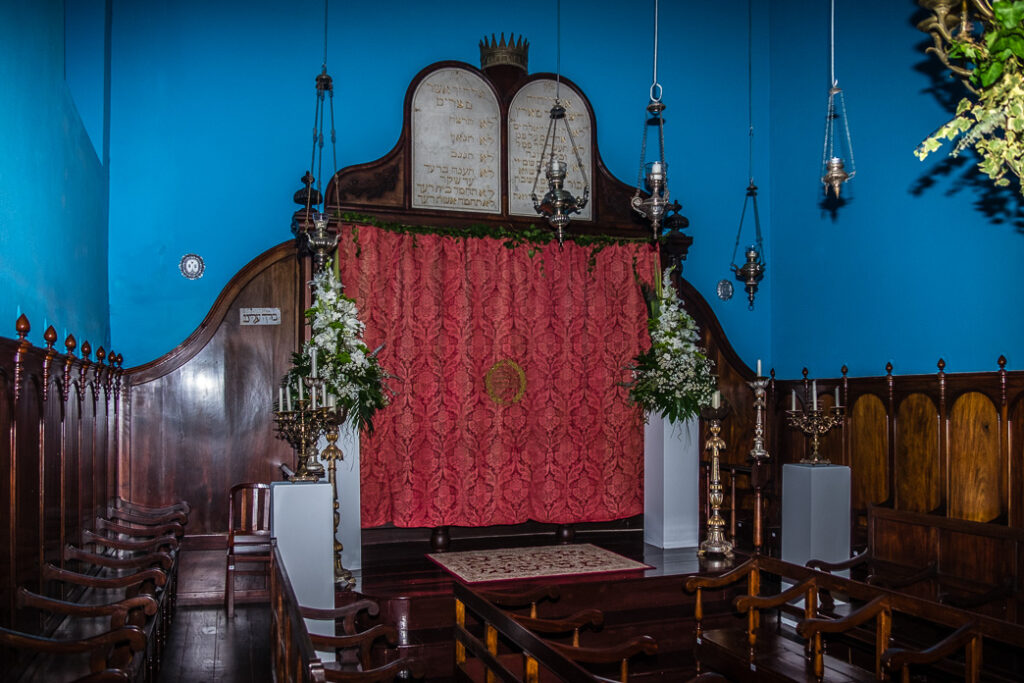
The Hidden History of Jewish People on the Islands of Madeira and Azores and the Unsolved Mystery of a Sefer Torah
Follow Irene Shaland in her exploration of two Portuguese autonomous regions in the Atlantic: Madeira and Azores. With their mild climate, dramatic waterfalls, and mountains, both archipelagos are popular tourist destinations with over five million visitors arriving annually. Few of the tourists though know that the two islands of Madeira and the nine islands of Azores have a hidden Jewish history, and the archipelagos tightly guard their secrets. The Jewish presence on the islands, still under the radar of most historians, spans the entire length of recorded history beginning with their discovery by the Portuguese in the 14th and 15th centuries. It is even thought that the explorer who discovered Madeira, Joao Zarco, was of Crypto-Jewish ancestry.
Special interest lecture series:
Memories of the Holocaust
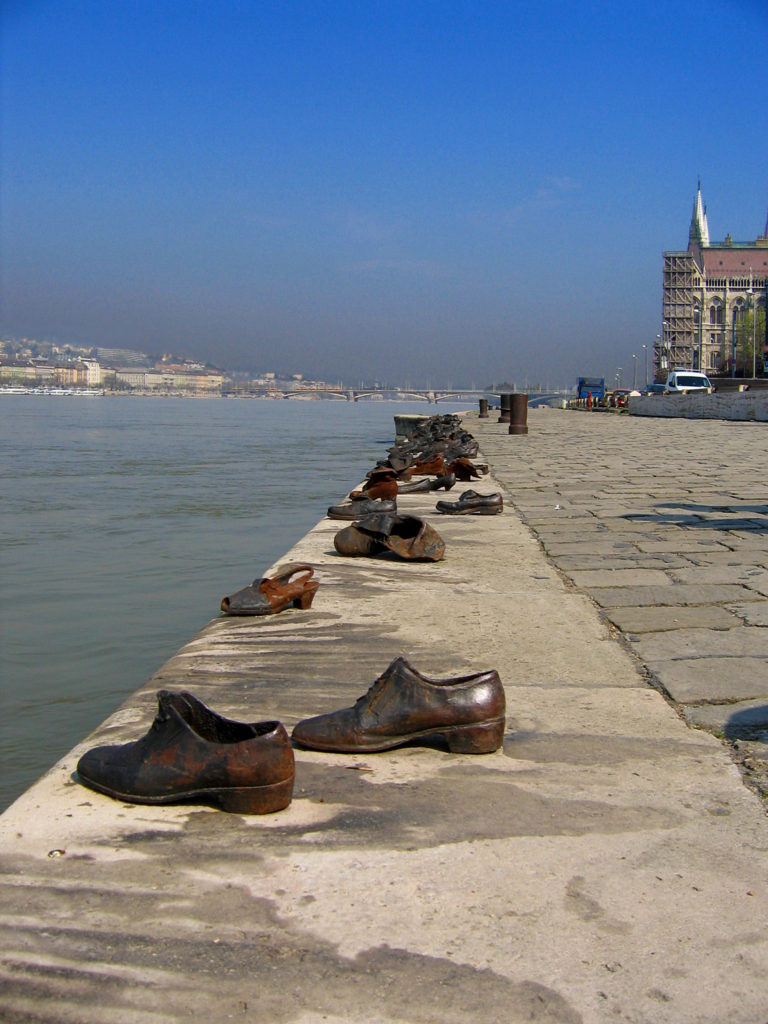
Journey of Conscience: Countries around the World Respond to the Holocaust (12 countries)
“…memory is the keyword, which combines past and present, past and future…” Elie Wiesel. An internationally-published writer and educator Irene Shaland invites you to embark on a journey through the painful past and often controversial present of nine countries on three continents to understand how and why various nations around the world respond to the Holocaust remembrance.
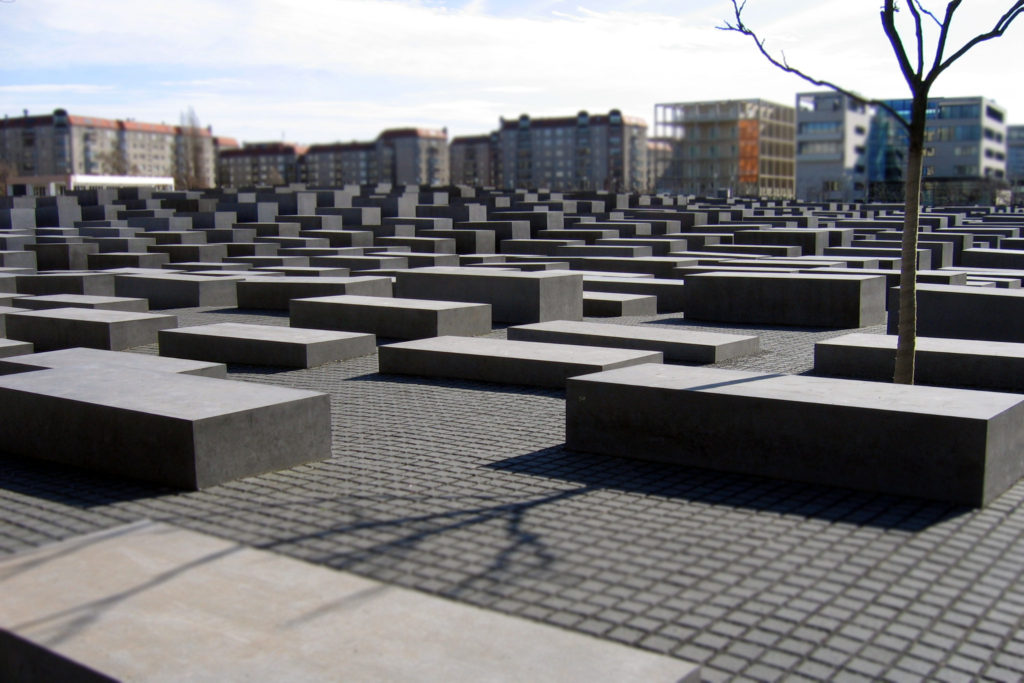
Global Response to the Holocaust Part I – The Ring of Fire: Austria, Germany, Hungary, and the Soviet Union
Part One of the series focuses on Central Europe-ground zero of the Holocaust. Our story surrounds the Holocaust victims’ destiny in Vienna. We will examine Austria’s official post-war position in Leopoldstadt and Path of Remembrance. We contrast Austria’s half-hearted efforts in reconciling its historic accounts with Germany’s “journey of consciousness.” In Berlin, we stop at the Memorial to the Murdered Jews of Europe, Daniel Libeskind’s Jewish Museum, and the Stolpersteine initiative. Our next stop is Budapest, Hungary, near the deeply emotional monument called Shoes by the Danube. Next, we go to the Jewish quarter where the Hungarian police barked their orders echoed throughout the Jewish ghetto. Our last stop is the Holocaust memorial in Minsk, Belarus called The Pit (Yama in Russian) where thousands of Minsk Jews were massacred in the Minsk ghetto. read more

Global Response to the Holocaust Part II – From Europe to Asia: Norway, Sweden, China, and India
Now we are in Scandinavia. During WWII, most of the Danish Jewish community and about half of the Norwegian Jews were smuggled to neutral Sweden. In our quest to understand both Norwegian and Swedish responses to the Holocaust, we go to the Jewish Museum of Oslo and the Center for Studies of the Holocaust and Religious Minorities. In Stockholm, we remember the Swedish Red Cross White Buses project and visit the Raoul Wallenberg Memorial. We discuss current anti-Semitism in Sweden with the leadership of the Jewish Community.
Going to Asia, we will follow India’s Jewish narrative and meet the world’s oldest, continuously living Jewish community. We also visit the best-kept secret in Delhi: a one room synagogue. Arriving in China, we discuss dual narrative: the Jews OF China (Silk Road, Kaifeng, Luoyang) and the Jews IN China (Harbin, Shanghai). In Shanghai, we visit numerous Jewish-related sites such as the Ohel Rachel Synagogue, the Jewish Refugee Museum, the houses in the former Ghetto, and the Memorial Wall to Shanghai WWII refugees. Read more

Global Response to the Holocaust Part III – The Islands and the Boot: Cuba, Malta, Corsica, and Calabria (Italy)
We visit Cuba to find a Holocaust-related “happy Jewish story.” In Santiago, we visit Fidel Castro Memorial and discuss the controversial dictator’s legacy and his attitudes towards the Jews, the Holocaust, and the State of Israel. In Havana, we learn how Cuba became a safe haven for Holocaust refugees.
Did you know that Malta was the only country to welcome Jews without visas during World War II? Malta’s Jewish story starts thousands of years ago when Israelites arrived with Phoenicians. We learn about the dark times of Hebrew slavery during the Knights of St. John’s rule and meet today’s small but blossoming community. Corsica’s Jewish narrative reveals an irony of Omerta that led many Corsicans to risk their lives in saving thousands of Jews fleeing the Nazi-occupied mainland France.
In Calabria, we talk about the Ferramonti Internment Camp Museum and learn how Italian soldiers and villagers saved nearly 4,000 Jews during WWII. We tell the south Italian Anousim story (“the children of the forced ones”)—the story of a growing number of people who rediscover their Jewish heritage hidden for 500 years. read more
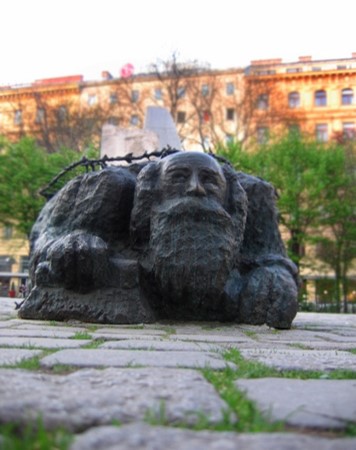
Stones Fill the Void: Visiting the Murdered Jews of Vienna
We will journey through 2,000 years of Jewish history in Austria and Vienna, from the Roman times and Middle Ages, to the Enlightenment and Fin de siècle. We discuss distinguished contributions the Jews of Vienna made to the creation of that city’s great culture: from music to medicine, from arts to philosophy. Then we travel from Vienna of the Waltzes to Vienna of the Dead: from Habsburg palaces to Leopoldstadt, a former neighborhood of vibrant Jewish life turned into a ghetto after the Anschluss. We will follow the “Stepping Stones,” the brass plates with names of the victims and learn their stories along with a peculiar Austrian response to the Holocaust. read more
Educational lecture series:
Meet New People and Cultures
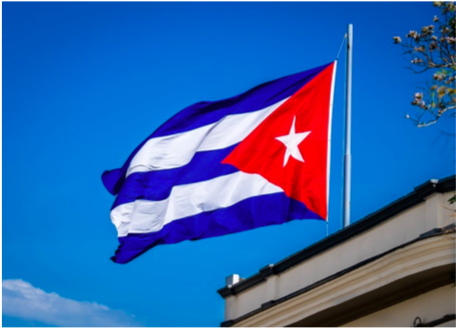
Cuba: the Land, the People, the Arts –60 years after Castro’s Revolution
Cuba defies conventional thinking: with half the land and people of the whole Caribbean, it seems more of a continent than an island. At the crossroads of the Western hemisphere for over 500 years, 20thcentury Cuba became a country where the clocks stopped for many decades. Its recent troubled history presents a story of brutal oppression and deprivation, but which is at the same time intriguing and fascinating. From the hot music clubs to Che Guevara murals, sensuality and socialism rub shoulders in Cuba’s great cities; and the newly-allowed art galleries display cutting-edge paintings and sculptures that might make New York or Santa Fe envious. Dilapidated mansions neglected for decades stand side-by-side with beautiful newly renovated colonial, art nouveau and art deco buildings.Take a journey with internationally published art and travel writer Irene Shaland to rediscover this island against the background of its 500 plus year history. Travel from Santiago to Havana, from Cienfuegos to Trinidad – to learn how Cuba is finding its way back to the future.
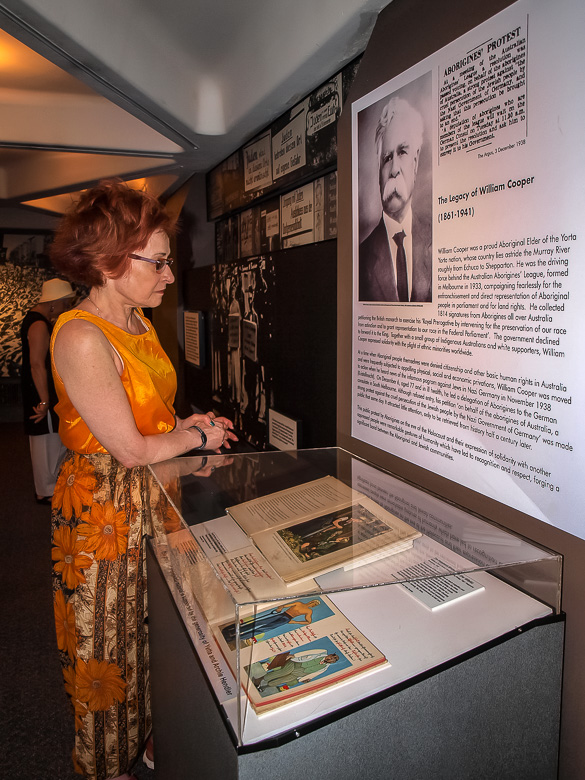
Little-Known Stories from the Human Rights Struggle in Australia
In early December 1938 a delegation of Aboriginal people walked from Footstray township to Melbourne in Australian state of Victoria. This was not a protest against a State or Federal government in defense of Aborigines. It was a brave action in defense of …the Jews of Europe. In front of the Germany Consulate in downtown Melbourne the delegation demanded the Nazis to stop “cruel persecution of the Jewish people.” The leader was William Cooper, a founder of the Australian Aboriginal League and an unsung hero of the Aboriginal human rights struggle in his country, where he and his people had no legal rights and until 1967 were officially classified as an equivalent of “flora and fauna.” What inspired Cooper to speak in defense of the Jews from faraway Europe?
Cooper’s own country maintained the “White Australia Polices” and considered Jews, though not classified as “colored,” to be “others” who should not be allowed entrance visas. How did Australia become the country that opened its doors to numerous refugees from Europe, second only to Israel by the ratio of the Holocaust survivors to its population? Was it a coincidence that the Australian Jews stepped into the forefront of the struggle for Aboriginal rights in defense of the indigenous Australians?
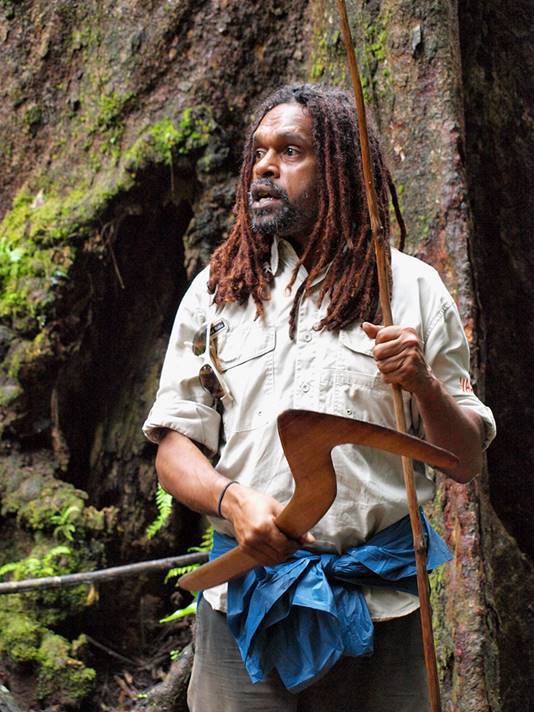
Nature, History, and Isolation: Rediscovering Icelandic, Australian, and New Zealand Food Cultures
Both Iceland and New Zealand are mere babies in geological terms. The countries are situated on the youngest landmasses in the world forged by fire and water: ice for Iceland and ocean for New Zealand. Their people live in the shadow of disaster: volcano eruptions for Iceland and earthquakes for New Zealand, and they consider dramatic changes and abrupt disruptions as mere facts of life. On the contrary, Australia, the world’s largest island, is believed to be the oldest, flattest, and driest continent. And indigenous Australians or Aboriginals have been custodians of this land for at least 60,000 years.
Travel with internationally-published writer and educator Irene Shaland through these three countries to rediscover how their isolated location, unforgivable
nature, and history of settlement shaped their food culture.
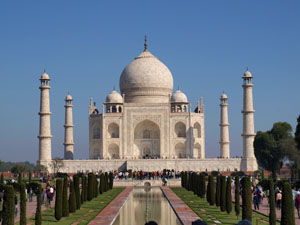
The Art of Travel: India as a Personal Journey
Join Irene Shaland, as she invites you to “grow into India.” Crisscross with Irene the subcontinent of India, the country unique among the world civilizations with its seven thousand years of uninterrupted traditions. Discover – like “peeling the onion,” layer after layer – India’s most refined beauty and the deepest spirituality. Travel through historic periods, cultural traditions, artistic and architectural styles, stopping in Deli, Varanasi, Khajuraho, Agra, Fatehpur Sikri, Jaipur, Udaipur, Aurangabad, Ellora and Ajanta caves, Cochin, and finally – Mumbai.
Eco-friendly adventure travel series:
Wildlife, Nature, and the Environment
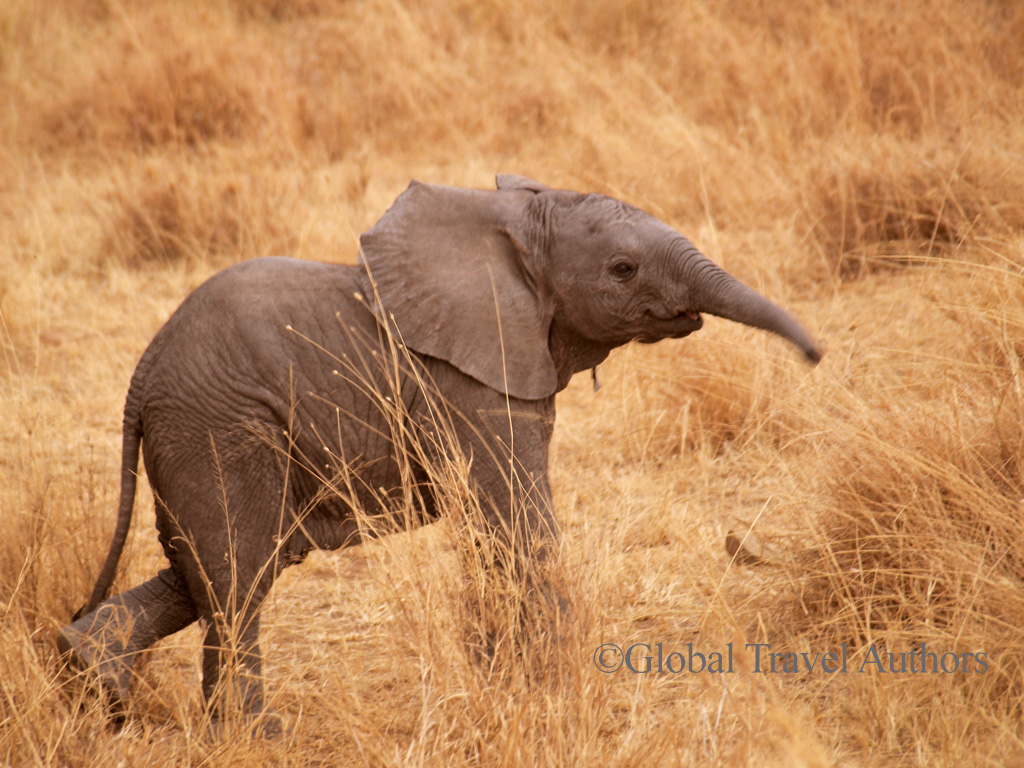
Supporting Conservation through Ecotourism
This program is based on Alex Shaland’s new book Suburbanites on Safari which he wrote and richly illustrated with photographs of his adventures. Shaland, an internationally published travel author and photographer, believes that encouraging ecotourism and inviting people to come to Africa with their cameras, cash, and credit cards, is one of the most effective ways to protect the animals of this magnificent continent.In an entertaining and informative slide presentation, Alex Shaland talks about his first-hand experience of meeting the wild animals of Africa face to face. Having gone on safaris in South Africa, Zimbabwe, Kenya, Tanzania, Nepal, and Madagascar, Shaland shares both practical information and fascinating stories. In addition to tips and tricks for planning a safari trip, the lecture answers such frequently-asked questions, such as “How does it feel to be only a few feet away from a pride of lions devouring their kill, a herd of suspicious elephants, an intimidating Cape buffalo, or an unpredictable rhinoceros?”
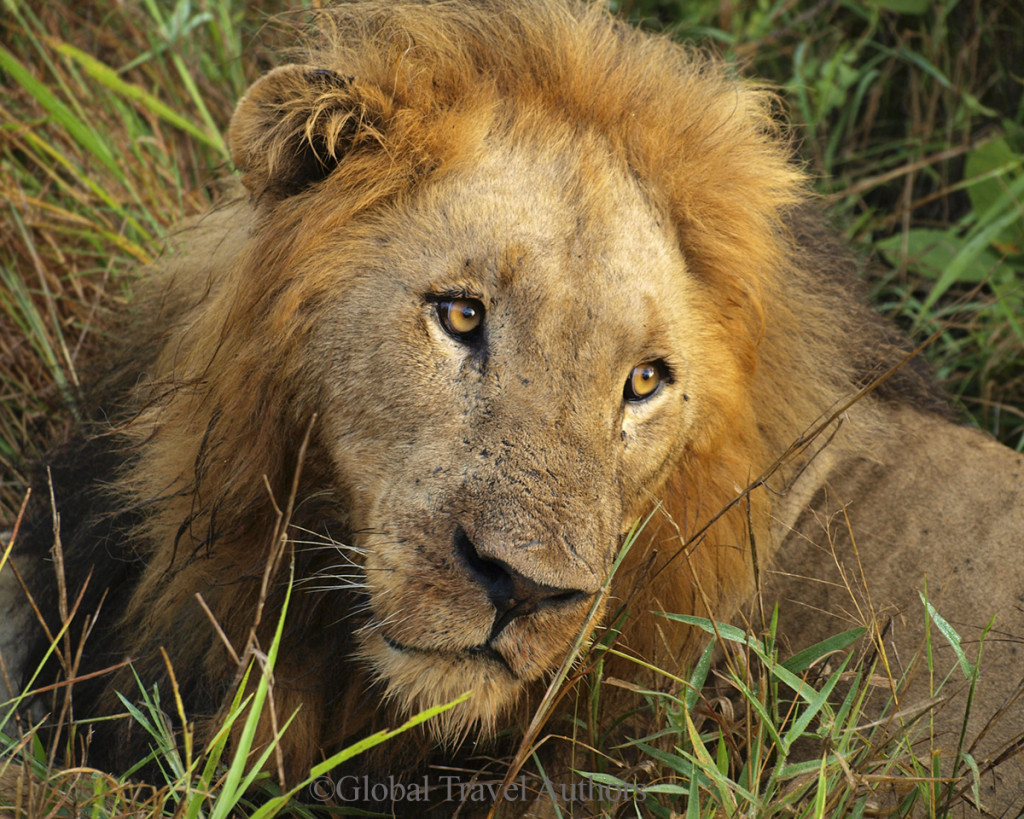
African Safari 101
In an entertaining and informative slide presentation “African Safari 101” Alex Shaland talks about his first-hand experience of meeting the wild animals of Africa face to face. Having gone on safaris in South Africa, Zimbabwe, Kenya, Tanzania, Nepal, and Madagascar, Shaland definitely has lots of practical information and fascinating stories to share.Starting with various options of locations and accommodations and tips for preparing for a safari trip, the lecture answers such frequently-asked questions as “How does it feel to be only a few feet away from a pride of lions devouring their kill, a herd of suspicious elephants, an intimidating Cape buffalo, or an unpredictable rhinoceros?”
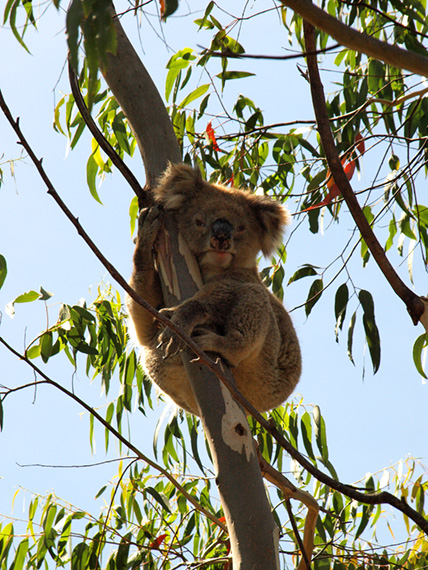
Nature, History, and Isolation: Rediscovering Icelandic, Australian, and New Zealand Food Cultures
Both Iceland and New Zealand are mere babies in geological terms. The countries are situated on the youngest landmasses in the world forged by fire and water: ice for Iceland and ocean for New Zealand. Their people live in the shadow of disaster: volcano eruptions for Iceland and earthquakes for New Zealand, and they consider dramatic changes and abrupt disruptions as mere facts of life. On the contrary, Australia, the world’s largest island, is believed to be the oldest, flattest, and driest continent. And indigenous Australians or Aboriginals have been custodians of this land for at least 60,000 years.
Travel with internationally-published writer and educator Irene Shaland through these three countries to rediscover how their isolated location, unforgivable nature, and history of settlement shaped their food culture.

